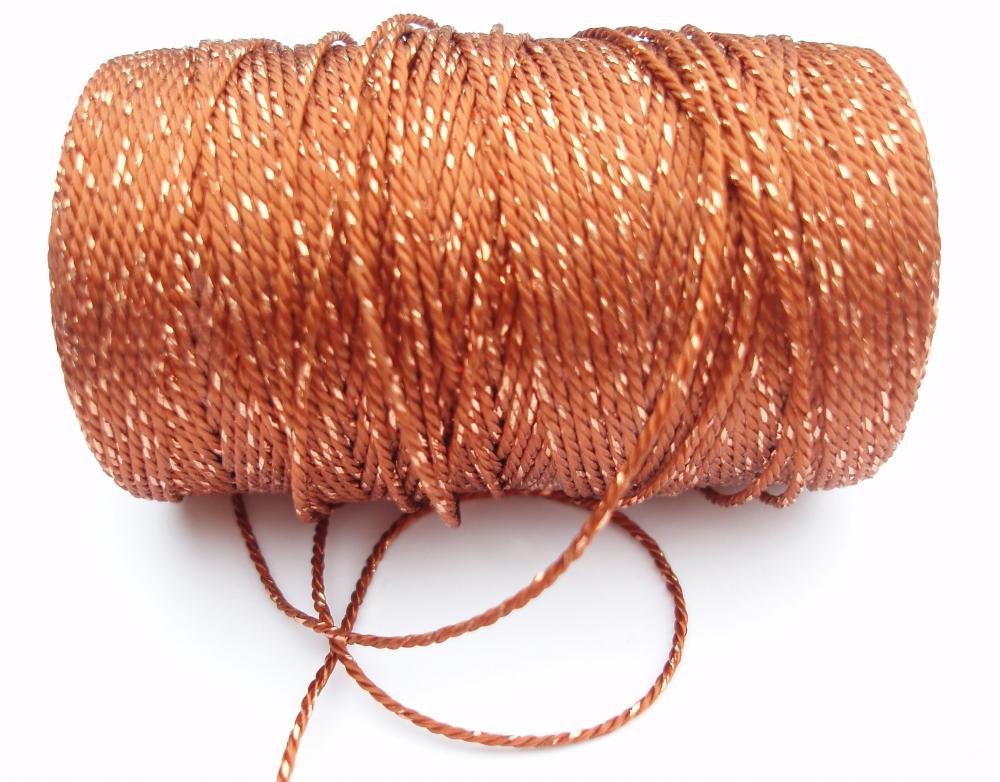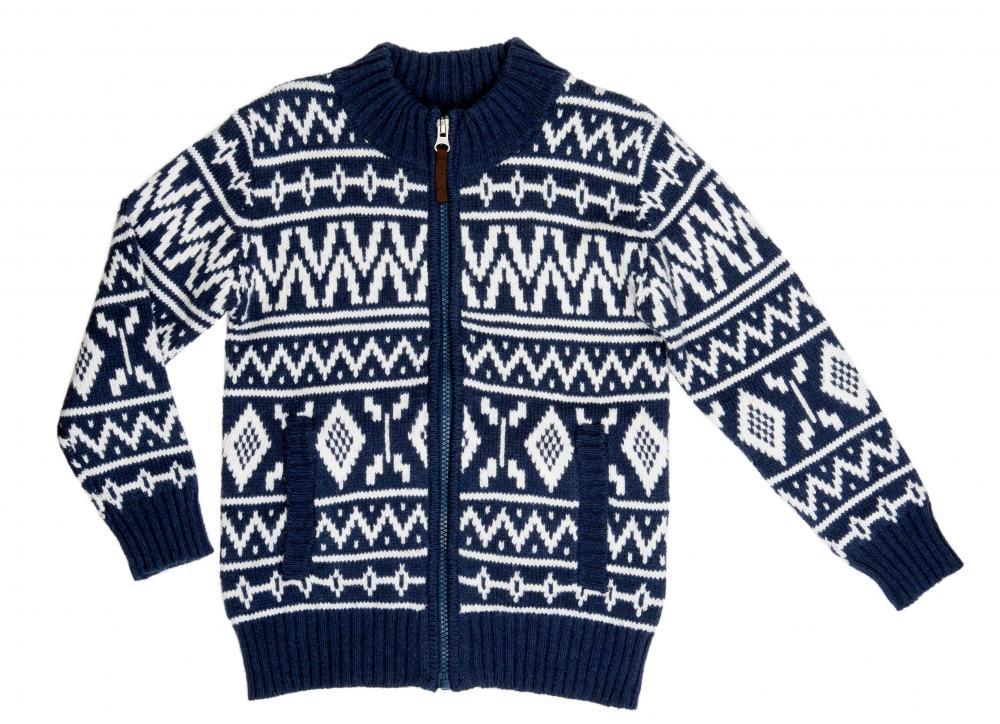At WiseGEEK, we're committed to delivering accurate, trustworthy information. Our expert-authored content is rigorously fact-checked and sourced from credible authorities. Discover how we uphold the highest standards in providing you with reliable knowledge.
What are the Different Types of Knitting Yarn?
Yarn is a continuous strand made up of fibers or filaments, used for making fabric or textiles of various kinds. The distinct types of knitting yarn are categorized by their weight, purpose, ply, source fiber(s), texture, color, and pattern. In addition, knitters choosing yarn will want to match yardage and gauge.
Weight, Purpose, Ply. Although knitting yarn weights have been standardized by the Craft Yarn Council of America (CYCOA), there are a number of different systems actually in use in the English-speaking world, making it important to make sure know the system so you can match yarns to directions accurately. The following chart is not complete: it does not, for example, include the Australian and New Zealand terminology of naming yarn weights by “ply” or the British system which substitutes chunky for bulky and aran or triple for worsted. Notice that some of the systems mix weight and purpose in their categories. Also, in the following chart, dk is used as it characteristically is in knitting, to stand for “double knit.”
| CYCOA | super fine |
fine | light | medium | bulky | super bulky |
| Other 1 | fingering | sportweight | light worsted |
worsted | bulky | superbulky |
| Other 2 | sock yarn |
fingering/baby | sport/dk | worsted | bulky | super-bulky |
| Other 3 | lace | -- | light | medium | bulky | -- |
| Other 4 | accent/ novelty |
fingering | sport | worsted | bulky | -- |

Fiber. Knitting yarn may be made of natural or synthetic fiber. Animal fiber is a popular source for yarn, and the types used include sheep, alpaca, angora, camel, cashmere, and qiviut - the arctic musk ox. Silk is also popular. Vegetable fibers include cotton, linen, hemp, and ramie. Rayon and acetate are manmade, but use plant fiber.
New yarn types are still being invented. 100% bamboo fiber yarn was developed in 2002. Soybean protein viscose fiber filament yarn is also available. Synthetic knitting yarn is made from coal or petroleum products. Types of synthetic knitting yarn include acrylic, nylon, polyester, spandex, and polypropylene.

Knitting yarn is also available in blends that combine fibers. Metallics – filaments of metal from a variety of sources, are often combined with other fibers in novelty yarns. Railroad track ribbon, glitter, metallized polyester, paillettes, sequins, and lurex are also combined with natural and synthetic fibers to create both color and sparkling effects.

Texture. Knitting yarns have been developed to provide a wide range of textures beyond the ply. Bouclé or loop yarn, chenille, double-knit, slubbed, nubbed, rayon chainette - a.k.a. tassel yarn, tassel chainette, or fringe yarn - ribbon yarn, felted ribbon yarn, ladder and rung, eyelash or fun fur, and ratiné are some of the varied and interesting types that have been developed.

Color and Pattern. Knitting yarn is available undyed or may be dyed by the manufacturer or the user. An extensive array of colors is available, including single color and multi-color skeins. Single colors may be uniform, or they may be heathered or space-dyed. Hand painted, self-patterning - for example, jacquard, fair isle, or chevron - and self-striping yarn are some of the newer innovations in knitting yarn.
AS FEATURED ON:
AS FEATURED ON:






















Discussion Comments
Another piece of advice that I would give to beginning knitters is to not buy really nice yarn at first- don't get the really awful acrylic that feels like sand paper, but find something like a nice discount knitting yarn rather than a full price one, at least not until you can at least master garter stitch scarves.
New knitters should always try to knit first with bulky or super bulky yarn, because it is much more forgiving and easier to work with. The laceweight or "super fine" yarn is like cobwebs almost - beautiful, but really hard to work with!
Post your comments